Imagine: you are launching a promotion, you have a hot offer, limited time – and you need to tell your customers about it urgently. But which way to deliver it? Email, SMS or messengers? Each of them is like a communication channel in a parallel universe: each has its own laws, habits, and audience reaction.
Let’s deal in a human way – without templates, bare figures and boring tables. Simply, brightly and to the point.
Email newsletters – the good old horse?
Email newsletters are like fine wine: some consider them archaic, while others still enjoy opening every email. They are great for thoughtful, visually rich content: catalogs, manuals, useful kits, B2B communication.
Pros:
– Cheap. The cost per letter is a penny.
– Variability: you can insert images, buttons, videos, links, profiles.
– Complete control – you decide when, to whom and what to send.
Minuses:
– The notification can easily get lost in “Promotions” or “Spam”.
– People are reading mail less and less often – especially younger people.
– Letters aren’t always opened immediately: they can sit in the mail for a day (or forever).
When to use:
If you have a large list of clients to whom you want to send high-volume, visually designed content: news digests, tutorials, proposals with layouts.

SMS – short, expensive, but fast
Texting is like an emergency button. You know exactly what message will hit the screen, without apps or the internet. But you have to pay a lot of money. Especially if you have several thousand recipients.
Pros:
– 100% deliverability. Even if the customer has a button phone.
– High open rate – SMS are read almost always and immediately.
– Works well for confirmations, reminders, urgent promotions.
Minuses:
– Short format. You can’t count on long storytelling.
– There are no visuals: just text.
– Expensive. Especially on a mass scale.
– There’s no flexible analytics: who opened, who clicked – almost impossible to track.
When to use:
When time is the deciding factor. For example, “Your discount will burn off in 3 hours!”, “Record tomorrow at 10:00 – confirm!”. Also for two-factor authorization, codes and notifications.

Messengers – live dialog with the client
Welcome to the reality of 2025: your customers have been on Telegram, WhatsApp, and VKontakte for a long time. Messengers are not just a newsletter format, they are an opportunity to be at arm’s length.
Pros:
– High discovery rate (up to 90%).
– Instant delivery and response.
– You can do message chains, bots, segmentation, personalization.
– Live communication: a customer can reply and immediately get help, a link, a bot.
– Space-level automation.
Minuses:
– You need the knowledge (or service) to intelligently integrate all of this into the business.
– A portion of the customers may not consent to the mailing.
– It’s harder with moderation and official registration (depending on the platform).
When to use:
When you want to build live communication. Sales, follow-up, engagement – anything that requires dialog, Q&A, shares, triggers and segments.
Which to choose? Let’s compare live
| Format | Price | Openness | Depth of communication | Suitable for |
| 💸 | 20-40% | 💬💬 | Bulk emails, B2B, lazy promotions | |
| SMS | 💰💰 | 95-98% | 💬 | Urgent notifications, confirmations |
| Messengers | 💰 | 80-95% | 💬💬💬 | Sales, funnels, auto-messaging |
The perfect recipe is a mix
Picking “one thing” is like trying to play jazz on one string. Why, when you can get the best out of each?
– Use email for regular newsletters and useful content.
– Engage sms when it’s critical to deliver information quickly.
– Launch messengers when response, automation, dialogue and engagement are important.
And most importantly, analyze. Which audience reacts where, where they click better, and where they ignore more often. Combine, test, make your communications not a newsletter, but a communication.
In conclusion
There is no one-size-fits-all solution. There is you, your business, your audience – and the task is to speak to them in their language, in their channel and at the right time.
In a world where people scroll through feeds faster than they read headlines, newsletters aren’t just a way to remind you. It’s your chance to stay in your customer’s head, heart and chat.
Newsletters are not a format. It’s the voice of your brand. And let it be heard.




No Comment! Be the first one.